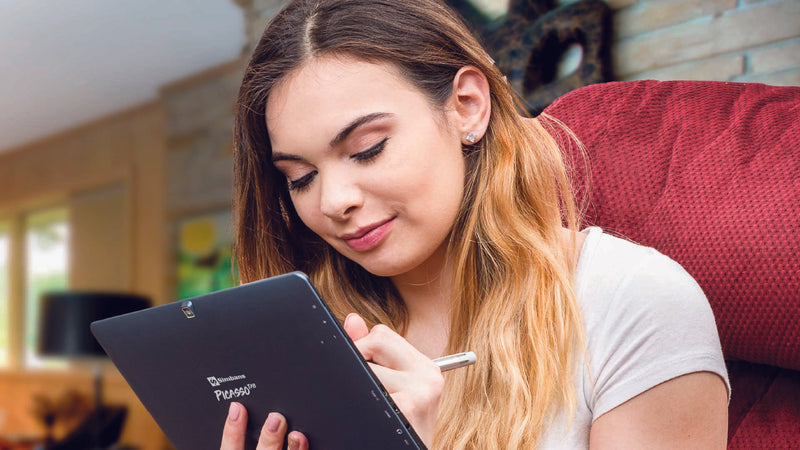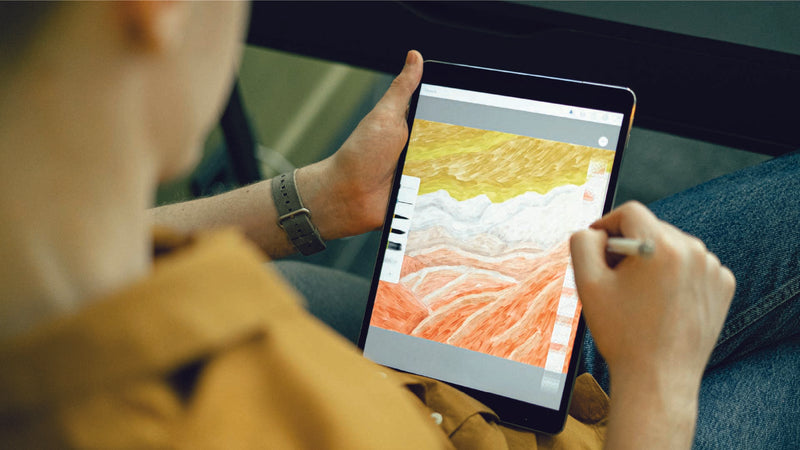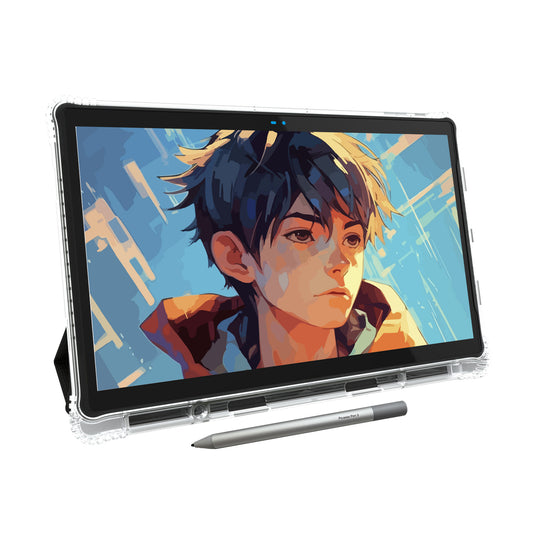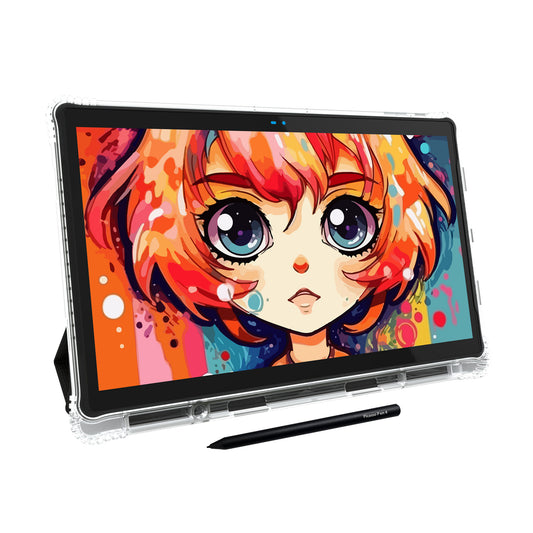What is Pressure Sensitivity?
Pressure sensitivity refers to how a drawing tablet can detect the amount of pressure you apply with the pen. This allows you to control the thickness of your lines, just like you would with traditional drawing tools like pencils and brushes. The harder you press, the thicker the line; the lighter you press, the thinner the line. It also lets you adjust the lighting or tonal value by changing the opacity of your strokes.
What Can You Do With Pressure Sensitivity?
Control Line Width: Pressure sensitivity lets you vary the width of your lines based on how much pressure you apply. This can make your artwork look more dynamic and expressive.
Control Line Opacity: Many drawing programs allow you to change the opacity of your lines with pressure sensitivity, making it easier to match your unique drawing style. Not all software supports this, but most popular ones do.
Check out the video below to see how pressure sensitivity can enhance your drawing:
Which Software Supports Graphic Tablet Pressure Sensitivity?
There are many apps available on the Google Play Store that support pressure sensitivity. Here are a few examples:
- Adobe Photoshop Elements
- Autodesk Sketchbook
- Open Canvas 1.1 (Free)
- Paint Tool SAI (Free)
- The GIMP (Free)
- Corel Painter
How to Choose the Best Pressure Sensitivity Pen
You might see pens with different levels of pressure sensitivity, like 1024, 2048 or 4096 levels. Our research shows that there's not much difference between them for most users. A pen with 1024 levels of pressure sensitivity is precise enough for your drawing needs, requiring just 3 grams of pressure to register each level.
Our PicassoTab comes with a pen that has 4096 pressure sensitivity levels, and we believe it’s one of the best tablets available on the market today.
I hope this helps you understand pressure sensitivity better and assists you in making an informed decision when choosing a drawing tablet. Happy drawing!








